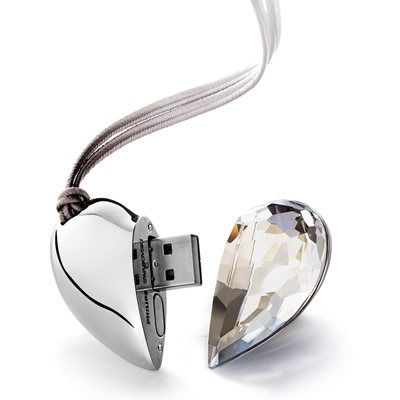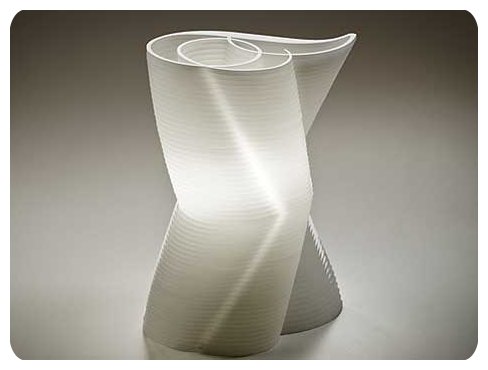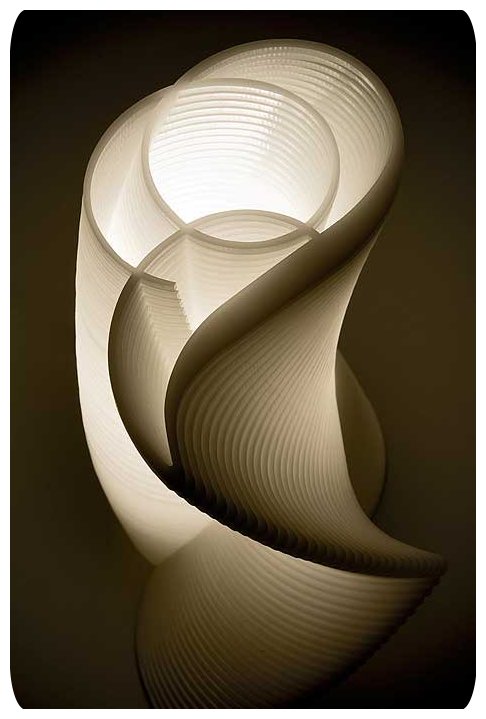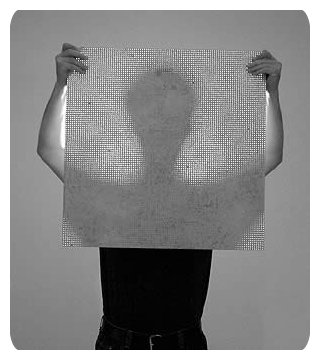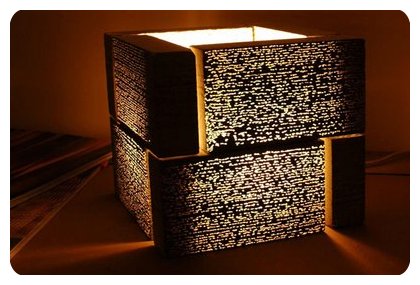An entity whose income exceeds its expenditure can lend or invest the excess income. On the other hand, an entity whose income is less than its expenditure can raise capital by borrowing or selling equity claims, decreasing its expenses, or increasing its income. The lender can find a borrower, a financial intermediary such as a bank, or buy notes or bonds in the bond market. The lender receives interest, the borrower pays a higher interest than the lender receives, and the financial intermediary pockets the difference.
A bank aggregates the activities of many borrowers and lenders. A bank accepts deposits from lenders, on which it pays the interest. The bank then lends these deposits to borrowers. Banks allow borrowers and lenders, of different sizes, to coordinate their activity. Banks are thus compensators of money flows in space.
A specific example of corporate finance is the sale of stock by a company to institutional investors like investment banks, who in turn generally sell it to the public. The stock gives whoever owns it part ownership in that company. If you buy one share of XYZ Inc, and they have 100 shares outstanding (held by investors), you are 1/100 owner of that company. Of course, in return for the stock, the company receives cash, which it uses to expand its business; this process is known as "equity financing". Equity financing mixed with the sale of bonds (or any other debt financing) is called the company's capital structure.
Finance is used by individuals (personal finance), by governments (public finance), by businesses (corporate finance), as well as by a wide variety of organizations including schools and non-profit organizations. In general, the goals of each of the above activities are achieved through the use of appropriate financial instruments and methodologies, with consideration to their institutional setting.
Finance is one of the most important aspects of business management. Without proper financial planning a new enterprise is unlikely to be successful. Managing money (a liquid asset) is essential to ensure a secure future, both for the individual and an organization.






